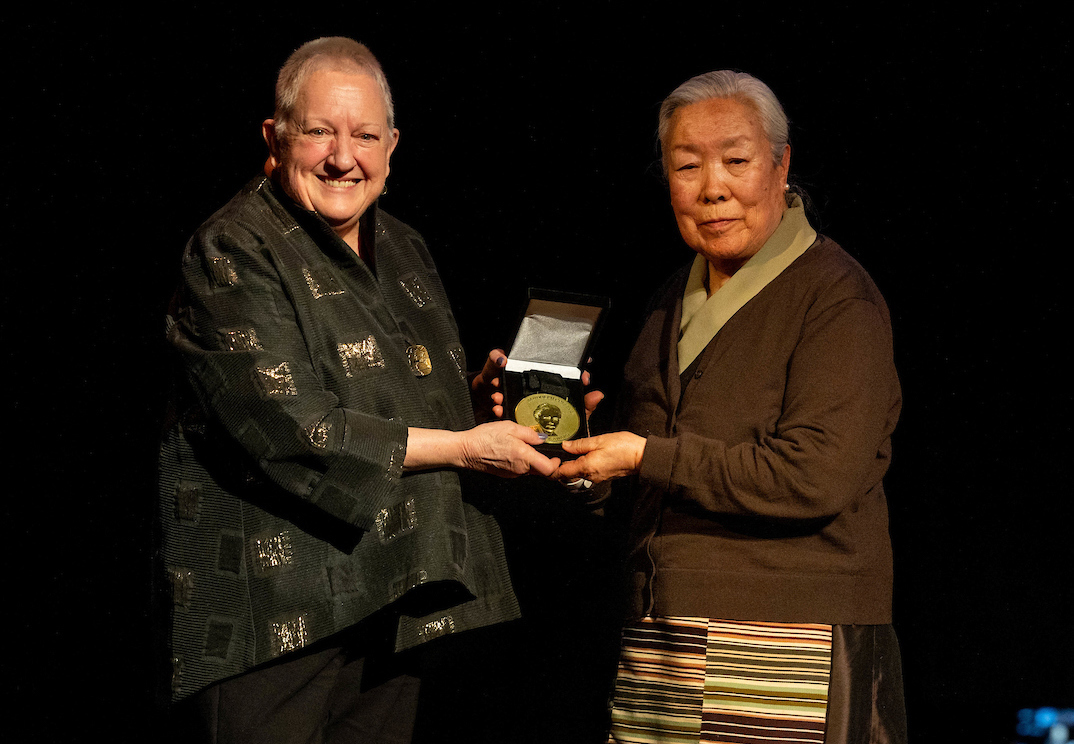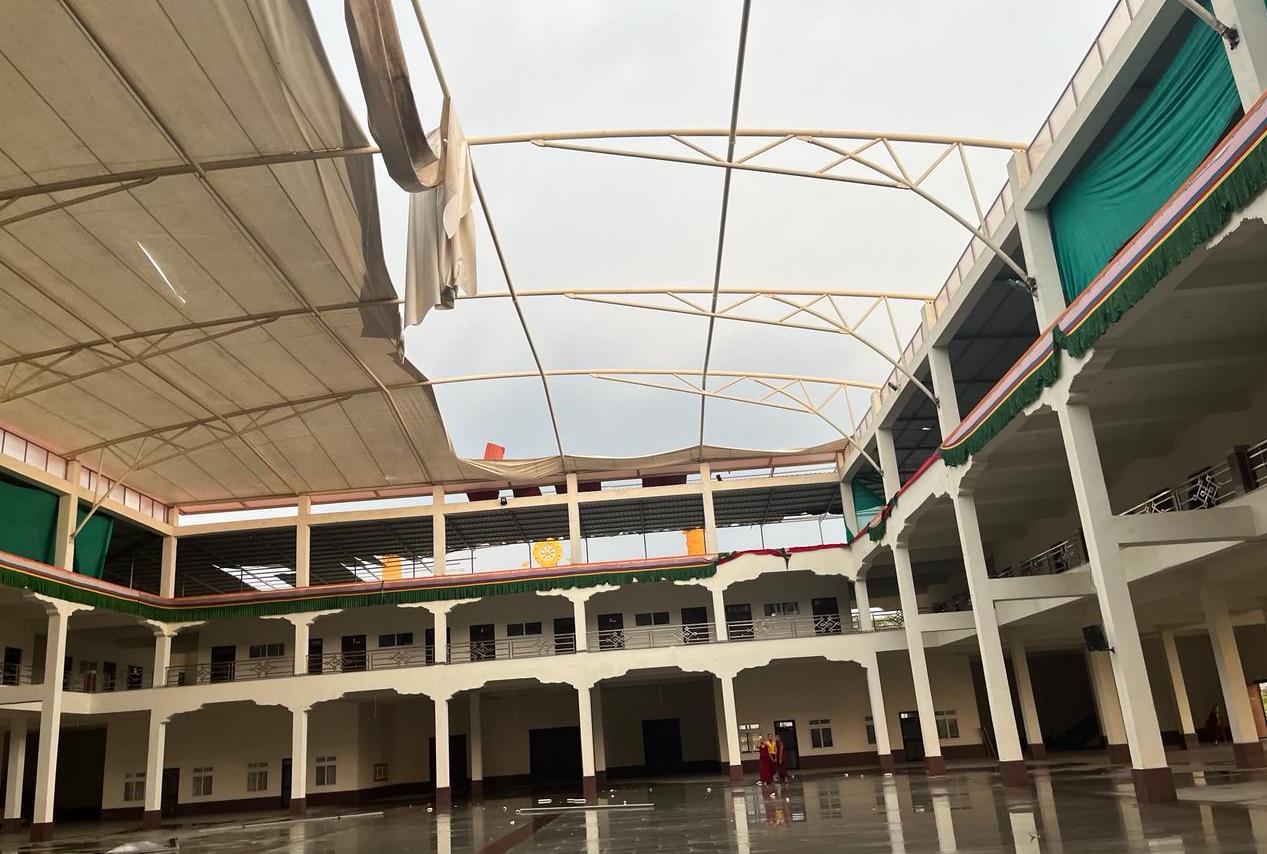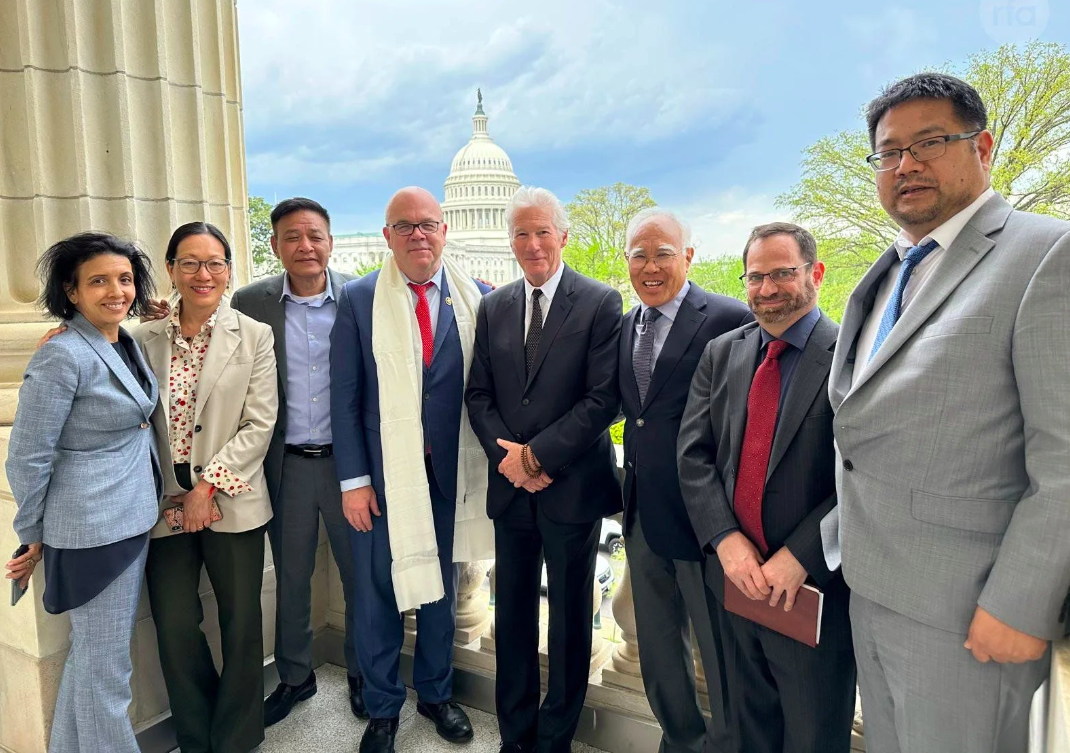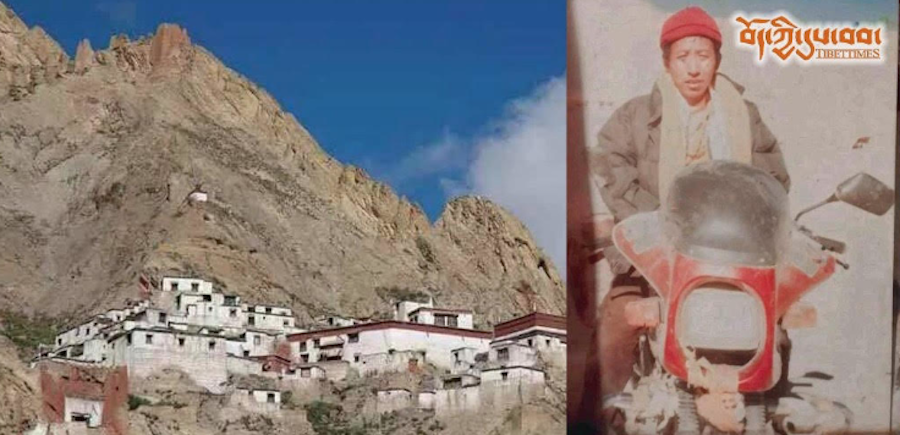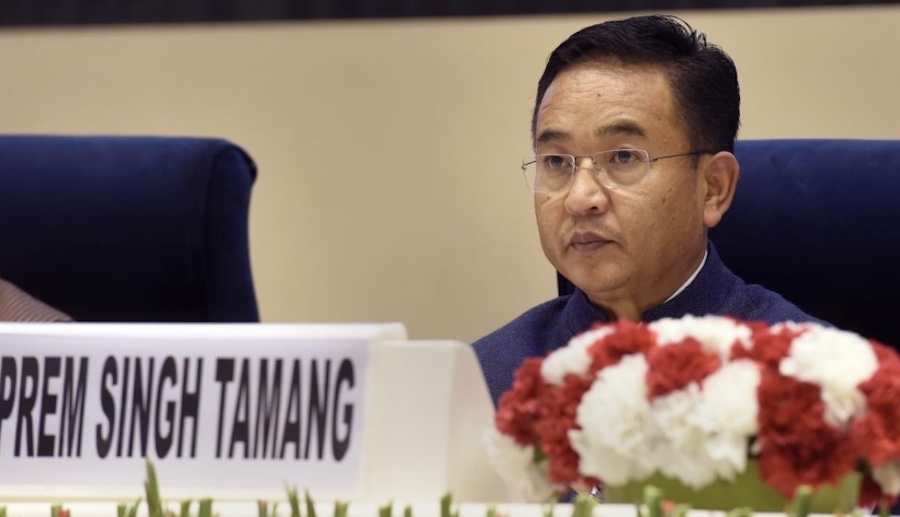By Tenzin Sangmo
 Taktser Rinpoche, also known as Thupten Jigme Norbu, the eldest brother of the Dalai Lama breathed his last yesterday (September 5, 2008 after prolonged illness at his home in Indiana in the United States. Born in 1922 in the small village of Taktser in Amdo province to Choekyong Tsering, later known as Gyayab Chenmo (1899-1947), and mother Dekyi Tsering, later known as Gyalyum Chenmo (1900-1981) Rinpoche was 86.
Taktser Rinpoche, also known as Thupten Jigme Norbu, the eldest brother of the Dalai Lama breathed his last yesterday (September 5, 2008 after prolonged illness at his home in Indiana in the United States. Born in 1922 in the small village of Taktser in Amdo province to Choekyong Tsering, later known as Gyayab Chenmo (1899-1947), and mother Dekyi Tsering, later known as Gyalyum Chenmo (1900-1981) Rinpoche was 86.
Thupten Jigme Norbu was recognized as the reincarnation of Taktser Rinpoche at the tender age of three by the thirteenth Dalai Lama and enrolled to Kumbum Monastery in Amdo where he began his monastic studies and subsequently became its abbot at the age of 27.
In 1950, Rinpoche escaped Tibet to educate people about the atrocities in his country. Before moving to the United States in 1951, he traveled the world meeting government and United Nations officials to establish support for Tibet. Sadly, no one listened.
Taktser Rinpoche played a key role in advising the Dalai Lama to leave Tibet fearing the Chinese Communist Party’s intentions. Though pro-independence, a stand in sharp contrast to that of the Dalai Lama’s middle way approach, Taktser Rinpoche dedicated his life to serving the Dalai Lama and the Tibetan people. In 1995, he founded the International Tibet Independence Movement and led three independence walks in Indiana, Washington and Toronto over the next few years.
“My admiration and respect for Taktser Rinpoche knows no bounds. His actions and dedication to securing Tibet’s independence are a true act of patriotism. He serves as an inspiration for all Tibetans,” Sonam Wangdu, Chairperson of the New York based U.S. Tibet Committee, was quoted as saying in a newsreport published in June this year on ITIM website. In the same report, Professor Larry Gerstein, president of the ITIM said of Rinpoche, “Since leaving Tibet in 1949, Rinpoche has been a strong and steady activist for Tibet’s independence.”
He served as the Representative of the Dalai Lama and the Tibetan Government-in-Exile to Japan and North America. He was the first Tibetan to live in the United States.
He also served as Professor of Tibetan Studies at Indiana University in Bloomington, Indiana. Taktser Rinpoche was also a writer and penned his autobiography, Tibet Is My Country as told to Heinrich Harrer in 1959. Tibet was co-written with Colin Turnbull in 1970, and a collection of essays from 1994 by Tibetans in exile, mostly Tibetan Americans called Tibet: The Issue Is Independence – Tibetans-in-Exile Address the Key Tibetan Issue the World Avoids features an introduction by Rinpoche. Along with Robert B. Ekvall he also wrote the first English translation of Younger Brother Don Yod, a Tibetan play by the fifth Panchen Lama Lobsang Yeshe in 1969.
Rinpoche founded the Tibetan Culture Center in 1979 in Bloomington which was later renamed Tibetan-Mongolian Buddhist Cultural Center in 2006.
In 2002 however he suffered a series of strokes and had been unwell since.
Even in ill health, Rinpoche remained active in his pursuit for the preservation of Tibetan culture and rights of the Tibetan people. He participated in the Freedom Torch reception ceremony in June 2008.
The Tibetan government in exile mourned the demise of Rinpoche with prayers in the afternoon as offices remained shut.
He is survived by his wife Kunyang Norbu, sons Lhundup Norbu, 46, Kunga Norbu, 45 and Jigme, 42 and their families.





